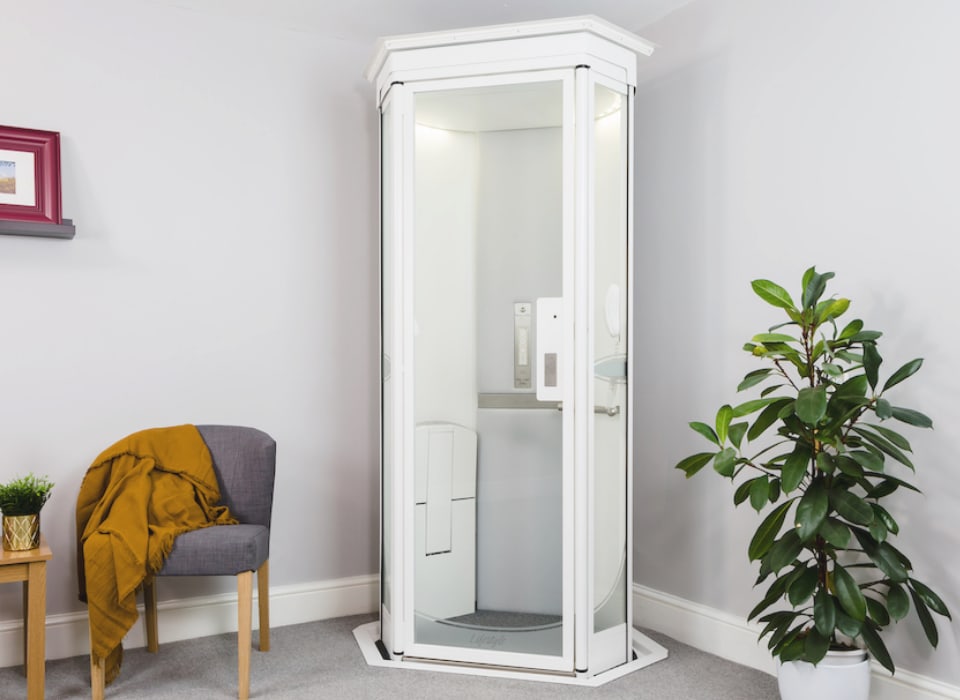Leading Lift Companies in London: Supplying Exceptional Solution and Assistance
Leading Lift Companies in London: Supplying Exceptional Solution and Assistance
Blog Article
Exploring the World of Elevators: Typical Issues Encountered by Different Lift Mechanisms
As we navigate via the vertical transportation systems of modern structures, lifts attract attention as a crucial part of our day-to-days live. However, behind their smooth operation lies a world of intricate systems that can often run into obstacles. From hydraulic lifts to traction systems and machine-room-less designs, each lift type comes with its set of typical concerns. Recognizing these obstacles is crucial for making sure the smooth performance of these important systems. Let's discover the complexities that underlie the operation of lifts and the prospective concerns that can develop, clarifying the detailed internet of lift devices.
Hydraulic Elevators
Hydraulic elevators, frequently chosen for low-rise structures, use fluid stress to manage the activity of the lift vehicle (lift repair companies). This mechanism includes a hydraulic pump pushing oil right into a cylinder, triggering the elevator to relocate the wanted direction. While hydraulic elevators are understood for their smooth and silent procedure, they do come with their own collection of usual issues
One widespread issue with hydraulic lifts is oil leak. The seals in the hydraulic system can break gradually, leading to oil seepage. This not just develops a mess however can also influence the elevator's efficiency if left unaddressed. In addition, problems with the control system, such as defective shutoffs or a malfunctioning pump, can cause interruptions in the elevator's movement.
Routine maintenance and punctual repair work are necessary to ensure the smooth performance of hydraulic lifts. By attending to these usual problems proactively, building proprietors can lessen downtime and ensure the security and efficiency of their vertical transportation system.
Grip Elevators
When taking into consideration vertical transport systems in buildings, an additional typical kind apart from hydraulic lifts is the traction elevator. Traction elevators run using a system of ropes and weights that relocate the elevator cars and truck by grasping onto the hoist ropes. This system permits smoother and much faster upright transport contrasted to hydraulic systems.
One of the typical issues faced by traction elevators is rope wear. The continuous movement of the ropes within the grip system can cause tear and wear gradually, possibly creating the elevator to breakdown or become unsafe for use. Regular inspections and maintenance of the ropes are crucial to ensure the elevator's appropriate performance and safety and security.
An additional concern that grip lifts may run into is connected to the control system. Troubles with the control system can cause concerns such as erratic movement, hold-ups in reaction times, and even complete shutdowns. Normal screening and maintenance of the control system are essential to avoid such problems and make sure the elevator's integrity.
Machine-Room-Less (MRL) Lifts

Among the key parts of MRL elevators is the small gearless traction device that is mounted within the hoistway. This maker effectively drives the elevator auto without the need for large devices discovered in typical grip lifts. Furthermore, MRL lifts commonly make use of a weight system to stabilize the car, further boosting their energy effectiveness.
Regardless of their benefits, MRL lifts may face challenges connected to repair and maintenance due to the restricted space for equipment setup. Ease Click Here of access for servicing components within the shaft can be limited, needing specialized training for technicians. Appropriate upkeep routines and routine examinations are important to ensure the continued smooth procedure of MRL lifts.
Overloading and Weight Limitation Issues
Overloading and weight restriction issues are important issues in lift operations. Lift suppliers design lifts with particular weight capacities to make certain passenger safety and security and devices long life.
When elevators are overloaded, it places extreme strain on the electric motor, cords, and other elements, potentially creating failures or breakdowns. If they identify excess weight, security mechanisms such as sensing units and overload sensors are in place to stop lifts from moving. In addition, surpassing weight limits can lead to increased power consumption and damage on the elevator system.
To mitigate overwhelming issues, constructing managers must prominently show weight restrictions in lifts and enlighten residents on the relevance of adhering to these restrictions - lift repair companies. Routine maintenance checks by qualified specialists can likewise assist make certain that lifts are operating within safe weight specifications. By addressing overloading and weight limit problems proactively, building owners can enhance elevator safety and continue reading this efficiency
Electrical System Failings
Surpassing weight limits in lifts can not only lead to mechanical issues but additionally potentially add to electric system failures within the lift facilities. Electric system failures are a critical worry in elevator procedure, as they can create unanticipated closures, breakdowns, or even safety and security risks.
Moreover, power surges or changes in the electric supply can also interrupt the elevator's procedure, influencing its efficiency and safety. These electrical disturbances can harm sensitive lift components such as control board, circuit card, or sensing units, causing system failings. Routine upkeep and inspections are essential to recognize and attend to potential electrical problems immediately, ensuring the efficient and risk-free procedure of elevator systems. By adhering to weight restrictions and carrying out regular electric system checks, building proprietors can alleviate the danger of electrical failures in lifts.
Conclusion

Hydraulic elevators, usually chosen for low-rise structures, make use of fluid stress to control the motion of the elevator car.When taking into consideration vertical transport systems in structures, one more usual type apart from hydraulic my review here elevators is the grip elevator. Grip elevators run using a system of ropes and weights that relocate the elevator car by clutching onto the hoist ropes. Unlike conventional lifts that need a different equipment space to house the equipment, MRL elevators incorporate many of the parts within the shaft, getting rid of the need for a devoted device room.In conclusion, lifts deal with usual problems such as hydraulic breakdowns, traction system failings, and electric system problems.
Report this page